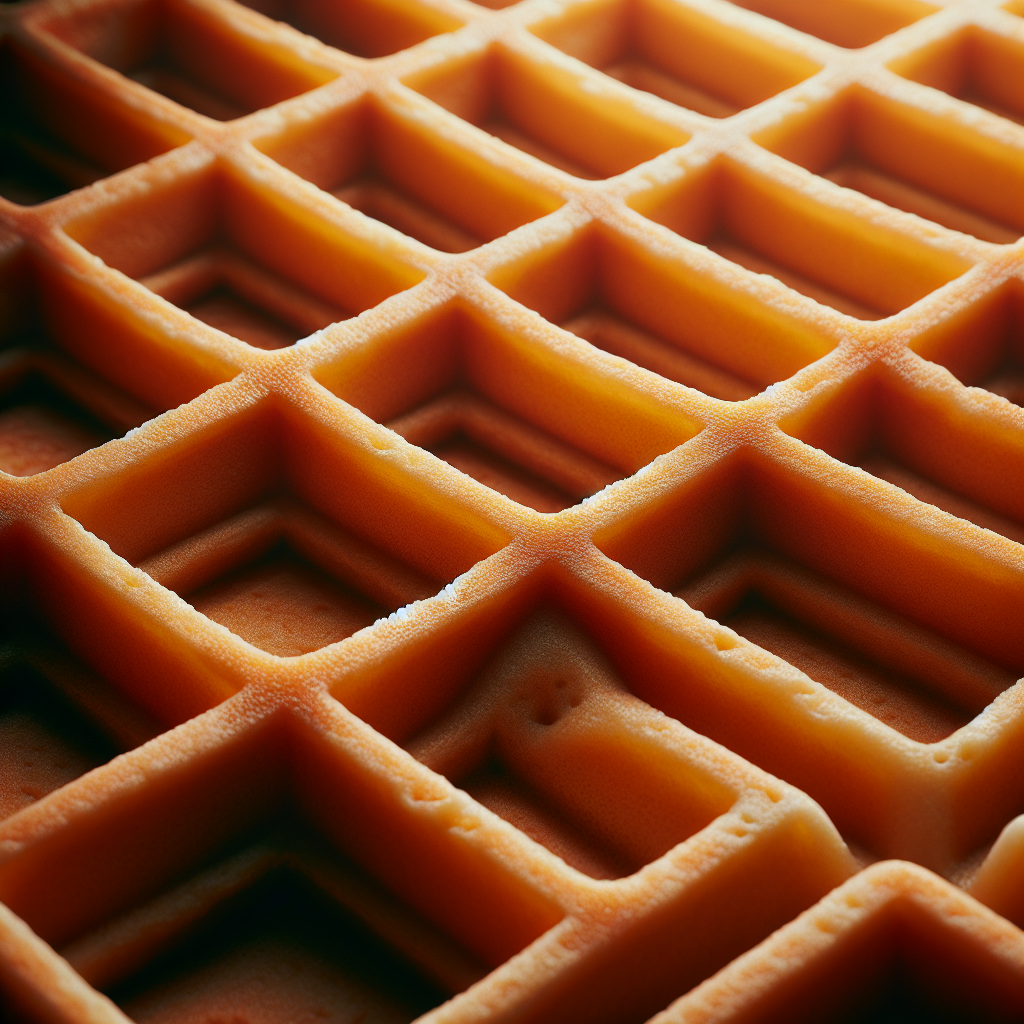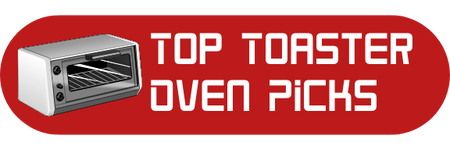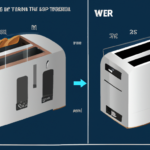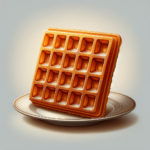
Do you love indulging in delicious, golden-brown waffles for breakfast or brunch? If so, you’re not alone! Waffle makers have become a staple in many kitchens, providing the perfect crispiness and fluffy texture. However, like any kitchen appliance, waffle makers can sometimes present a few challenges. From uneven browning to sticking waffles, these issues can put a damper on your breakfast experience. But fear not! In this article, we will explore some of the most common issues people face with waffle makers and provide simple yet effective solutions to ensure your waffle-making adventures are always a success. So, get ready to conquer those waffle woes and enjoy mouthwatering waffles that are both picture-perfect and delicious!
Waffle Sticking to the Waffle Maker
Insufficient greasing
One of the most common issues people face with their waffle makers is the waffles sticking to the plates. This can often be attributed to insufficient greasing. To resolve this issue, make sure to use a non-stick cooking spray, butter, or oil to grease the waffle plates before pouring the batter. Ensure that you evenly coat the plates to prevent any sticking.
Using the wrong type of oil
Using the wrong type of oil can also cause waffles to stick to the waffle maker. It is recommended to use a high smoke point oil, such as vegetable or canola oil, as they are less likely to burn and stick. Avoid using low smoke point oils like olive oil, as they may result in a sticky residue.
Not preheating the waffle maker
Not preheating the waffle maker is another common mistake that can lead to waffle sticking. Preheating is crucial as it allows the waffle maker to reach the optimal temperature for cooking the batter evenly. Always follow the manufacturer’s instructions regarding preheating time to ensure your waffle maker is adequately heated before pouring the batter.
Overfilling the waffle maker
Overfilling the waffle maker is a common cause of batter overflowing and sticking to the sides of the waffle plates. To avoid this issue, carefully measure the amount of batter recommended for your waffle maker and pour it into the center of the plates. Leave sufficient space around the edges to allow the batter to spread without overflowing.
Not waiting for the waffle to fully cook
Taking the waffle out of the waffle maker before it is fully cooked can also result in sticking. When the waffle is not fully cooked, it may be more susceptible to breaking apart or sticking to the plates. Make sure to follow the recommended cooking time provided by the waffle maker’s manufacturer and wait until the waffle is golden brown and crispy before removing it.
Waffles Not Fully Cooked
Insufficient preheating
Insufficient preheating of the waffle maker can lead to waffles not being fully cooked. When the waffle plates are not adequately heated, the batter may not cook evenly, resulting in undercooked waffles. Always preheat the waffle maker for the recommended time to ensure the plates are hot enough to cook the batter thoroughly.
Using the wrong temperature setting
Using the wrong temperature setting on your waffle maker can also result in waffles that are not fully cooked. Each waffle maker may have different temperature settings, so it’s essential to refer to the manufacturer’s instructions for the recommended setting. Adjusting the temperature too high or too low can impact the cooking time and the final doneness of the waffles.
Overfilling the waffle maker
Overfilling the waffle maker with batter can prevent the waffles from cooking evenly and fully. Pouring an excessive amount of batter can lead to uneven heat distribution, resulting in undercooked sections. To ensure your waffles are fully cooked, only pour the recommended amount of batter for your specific waffle maker.
Opening the waffle maker prematurely
Opening the waffle maker prematurely to check the doneness of the waffles can disrupt the cooking process and result in undercooked waffles. It’s important to be patient and resist the temptation to open the waffle maker too soon. Follow the recommended cooking time and avoid opening the waffle maker until the waffles are ready.
Using a waffle maker with uneven heat distribution
Using a waffle maker with uneven heat distribution can lead to waffles not being fully cooked. If certain areas of the waffle plates are hotter than others, it can result in uneven browning and undercooked sections. If you consistently face this issue, it may be worth investing in a waffle maker with more consistent heat distribution.
Uneven Browning or Cooking
Uneven distribution of batter
If the batter is not evenly spread across the waffle plates, it can cause uneven browning or cooking. To ensure an even distribution, pour the batter into the center of the waffle plates and use a spatula or ladle to spread it evenly towards the edges. This will help promote consistent browning and cooking throughout the waffle.
Inconsistent temperature across the waffle plates
Inconsistent temperature across the waffle plates can also result in uneven browning or cooking. To address this issue, ensure that your waffle maker is properly preheated and that the temperature is evenly distributed. If you notice significant differences in temperature, you may need to contact the manufacturer for troubleshooting or consider getting a new waffle maker.
Inadequate batter spreading
If the batter is not spread evenly across the waffle plates, it can lead to uneven browning and cooking. Use a spatula or ladle to evenly spread the batter over the plates, ensuring complete coverage. Take care not to overfill or underfill the plates, as this can also affect the evenness of the browning and cooking.
Not flipping the waffle halfway through cooking
Some waffle maker models require flipping the waffle halfway through the cooking process to ensure even browning and cooking on both sides. If your waffle maker has this feature, make sure to follow the instructions and flip the waffle at the recommended time. Failure to do so may result in uneven browning and cooking.
Using a damaged or worn-out waffle maker
Using a damaged or worn-out waffle maker can contribute to uneven browning or cooking. Over time, the plates may become warped or misaligned, affecting the heat distribution and cooking process. If you notice consistent issues with uneven browning or cooking, it may be time to replace your waffle maker with a new one.
Leaking Batter or Overflow
Overfilling the waffle maker
Overfilling the waffle maker with batter can cause it to leak or overflow during the cooking process. To prevent this issue, make sure to pour the recommended amount of batter for your specific waffle maker. Leave enough space around the edges to allow the batter to spread without overflowing.
Using a runny or thin batter
Using a runny or thin batter can also result in batter leakage or overflow. If your batter is too liquid, it may not have enough structure to hold its shape in the waffle maker. Ensure that your batter has the proper consistency, following the recipe instructions and adjusting as needed.
Damaged or improperly sealed waffle maker
If your waffle maker is damaged or has an improper seal, it may lead to batter leaking or overflowing. Inspect your waffle maker for any visible signs of damage, such as cracks or gaps in the sealing. If you notice any issues, it’s best to discontinue using the waffle maker and have it repaired or replaced.
Cooking with excessive batter pressure
Using excessive batter pressure when closing the waffle maker can cause the batter to leak or overflow. Apply gentle and even pressure when closing the waffle maker, allowing the batter to spread naturally without exerting excessive force.
Using a waffle maker with poor batter containment
Some waffle makers are designed with poor batter containment, leading to leaks and overflow. If you consistently face this issue, consider investing in a waffle maker that is specifically designed to prevent batter leakage. Look for models with deeper plates, raised edges, or better batter containment features.
Waffle Maker Not Heating Up
Faulty or disconnected power source
If your waffle maker is not heating up, ensure that it is properly connected to a functioning power source. Check the power cord and plug for any visible damage or loose connections. If necessary, try plugging the waffle maker into a different outlet to rule out any electrical issues.
Malfunctioning heating elements
A common cause of a waffle maker not heating up is malfunctioning heating elements. If one or both of the heating elements are not functioning, the waffle maker will not reach the desired temperature. In this case, it may be necessary to contact the manufacturer for troubleshooting or repair.
Wiring issues within the waffle maker
Internal wiring issues within the waffle maker can also prevent it from heating up properly. If you suspect a wiring problem, it is best to have a professional electrician or the manufacturer’s service center inspect and repair the waffle maker.
Defective thermostat or temperature control
A defective thermostat or temperature control can also cause the waffle maker to not heat up. If the thermostat is not accurately measuring or regulating the temperature, it may need to be replaced. Contact the manufacturer for assistance or seek professional repair services.
Using an incompatible voltage or power supply
Using a waffle maker with an incompatible voltage or power supply can prevent it from heating up. Make sure to check the voltage requirements specified by the manufacturer and ensure that your power supply meets the necessary specifications. Using the wrong voltage can damage the waffle maker and inhibit its heating capabilities.
Waffle Maker Producing Excessive Smoke
Accumulation of grease or food debris
Excessive smoke coming from the waffle maker can be a result of accumulated grease or food debris on the heating elements or plates. Regularly clean your waffle maker to remove any residual grease or food particles that can contribute to smoke production. Follow the manufacturer’s instructions for proper cleaning and maintenance.
Excessive oil or batter spillover
If oil or batter spills over the sides of the waffle maker and comes into contact with the heating elements, it can produce smoke. Take care to pour the appropriate amount of batter and avoid overfilling the waffle maker. Clean up any spills promptly and ensure that the plates are free from oil or batter residue before each use.
Using an overheated or malfunctioning waffle maker
Using an overheated or malfunctioning waffle maker can lead to excessive smoke production. If you notice unusual amounts of smoke, check the temperature settings and ensure that the waffle maker is functioning correctly. If you suspect a malfunction, discontinue use and contact the manufacturer for assistance.
Improper cleaning and maintenance
Improper cleaning and maintenance of the waffle maker can also contribute to excessive smoke. Make sure to thoroughly clean and dry the waffle plates after each use, removing any residual oil or batter. Regularly inspect and clean the heating elements and other components as per the manufacturer’s instructions.
Electrical short circuits or component failure
Electrical short circuits or component failure within the waffle maker can lead to excessive smoke production. If you experience persistent smoke, even after proper cleaning and maintenance, it may indicate an electrical issue. In such cases, it is crucial to discontinue use and have the waffle maker inspected and repaired by a professional.
Waffle Maker Not Closing Properly
Batter or debris obstructing the closure
If the waffle maker is not closing properly, check for any batter or debris obstructing the closure mechanism. Wipe away any residual batter or food particles from the edges and hinges of the waffle maker. Ensure that the plates are clear of any obstructions that may prevent the waffle maker from closing tightly.
Loose or damaged hinges
Inspect the hinges of the waffle maker for signs of damage or looseness. Loose or damaged hinges can prevent the waffle maker from closing properly. If necessary, tighten or replace the hinges as per the manufacturer’s instructions.
Warped or misaligned waffle plates
Over time, the waffle plates may become warped or misaligned, causing the waffle maker to not close properly. If you notice uneven closing or gaps between the plates, it may be necessary to replace the waffle plates. Contact the manufacturer for replacement parts or consider purchasing a new waffle maker.
Worn-out or defective locking mechanism
Check the locking mechanism of the waffle maker for any signs of wear or defects. A worn-out or defective locking mechanism can prevent the waffle maker from closing securely. If you notice any issues, contact the manufacturer for assistance or consult a professional for repairs.
Inadequate power supply affecting the closure
Inadequate power supply can affect the closure of the waffle maker, especially if it is an electric model. Ensure that the waffle maker is properly plugged into a functioning power source and that the voltage requirements are met. Insufficient power supply can hinder the functioning of the waffle maker, including the closure mechanism.
Waffle Maker Emitting Unusual Odors
Accumulation of burnt food residue
If your waffle maker emits unusual odors, it may be due to the accumulation of burnt food residue on the heating elements or plates. Clean the waffle plates thoroughly after each use, removing any burnt or stuck-on food particles. Regular cleaning will help prevent the buildup of residue and avoid unpleasant odors.
Overheating of electrical components
The overheating of electrical components within the waffle maker can lead to unusual odors. If you detect a strong or unfamiliar smell coming from the waffle maker, discontinue use immediately and allow it to cool down. Contact the manufacturer for assistance or consult a professional for inspection and repairs.
Melting or burning of internal components
Melting or burning of internal components can cause the waffle maker to emit unusual odors. This can happen due to overheating or a malfunction. If you notice any melting or burning smells, unplug the waffle maker and avoid using it further. Contact the manufacturer or seek professional repair services to address the issue.
Excessive grease or oil buildup
Excessive grease or oil buildup in the waffle maker can result in unpleasant odors. Make sure to clean the waffle plates after each use, removing any residual grease or oil. Proper maintenance and cleaning will help prevent the accumulation of grease and minimize odors.
Chemical or plastic fumes from low-quality materials
Low-quality materials used in the construction of the waffle maker can emit chemical or plastic fumes, resulting in unusual odors. If you notice strong chemical smells or plastic-like odors, it may indicate poor-quality materials. In such cases, discontinue use and consider investing in a higher-quality waffle maker to avoid potential health risks.
Waffle Maker Not Operating or Powering On
Power cord or plug issues
If your waffle maker is not operating or powering on, check the power cord and plug for any visible damage or loose connections. Ensure that the power cord is securely connected to the waffle maker and the electrical outlet. If you suspect a problem, try using a different power cord or plug to troubleshoot the issue.
Tripped circuit breaker or blown fuse
A tripped circuit breaker or blown fuse can cause a waffle maker to not operate or power on. Check the electrical panel in your home and reset any tripped circuit breakers or replace any blown fuses. This simple step can often resolve the issue and restore power to your waffle maker.
Faulty on/off switch
If the on/off switch of the waffle maker is faulty, it can prevent it from operating or powering on. Ensure that the switch is in the correct position and functioning correctly. If you suspect a faulty switch, contact the manufacturer for assistance or consult a professional for repairs.
Malfunctioning control panel
Waffle makers with control panels may experience issues if the control panel is malfunctioning. If the control panel is not responding or displaying unusual behavior, it may be necessary to contact the manufacturer for troubleshooting or repair. Follow the manufacturer’s instructions for resetting or reprogramming the control panel, if applicable.
Internal damage or malfunction
Internal damage or malfunction within the waffle maker can cause it to not operate or power on. If none of the above troubleshooting steps resolve the issue, it may be necessary to seek professional repair services or contact the manufacturer for assistance. They will be able to assess and address any internal damage or malfunctions.
Difficulty in Cleaning the Waffle Maker
Food sticking to the waffle plates
Food sticking to the waffle plates can make it challenging to clean the waffle maker. To prevent this issue, make sure to adequately grease the plates with a non-stick cooking spray, butter, or oil before each use. Additionally, follow the recipe instructions for batter consistency to minimize sticking.
Inadequate non-stick coating
Over time, the non-stick coating on the waffle plates may wear off, leading to food sticking and difficulty in cleaning. If you notice significant sticking despite greasing the plates, it may be time to replace the waffle maker or the waffle plates. Look for models with durable and reliable non-stick coatings.
Lack of removable or dishwasher-safe parts
Some waffle makers do not have removable or dishwasher-safe parts, making the cleaning process more difficult. If your waffle maker has removable plates or other components, make sure to remove them before cleaning. Follow the manufacturer’s instructions for proper cleaning and care of these parts.
Crevices or hard-to-reach areas
Crevices or hard-to-reach areas in the waffle maker can collect food particles and make cleaning more challenging. Use a soft-bristle brush or a toothbrush to reach these areas and remove any residue. Take care not to damage any sensitive components or non-stick coatings during the cleaning process.
Ineffective cleaning products or techniques
Using ineffective cleaning products or techniques can contribute to difficulty in cleaning the waffle maker. Follow the manufacturer’s instructions for cleaning the waffle plates and other components. Avoid using abrasive cleaners or tools that can damage the non-stick coating or other surfaces. Instead, opt for gentle cleaning agents and techniques recommended by the manufacturer.
By addressing these common issues with waffle makers and following the recommended solutions, you can enjoy perfectly cooked and delicious waffles every time. Remember to read the manufacturer’s instructions for your specific waffle maker and practice proper maintenance and cleaning to ensure its longevity and optimal performance. Happy waffle making!






